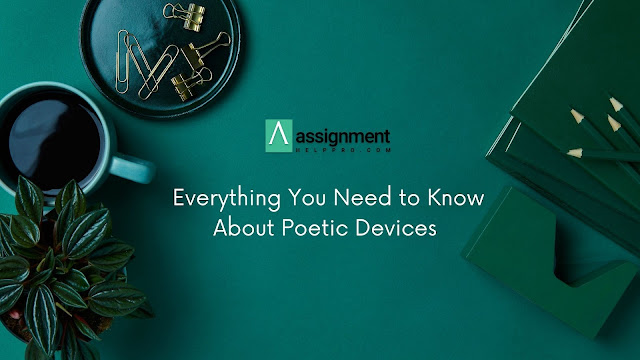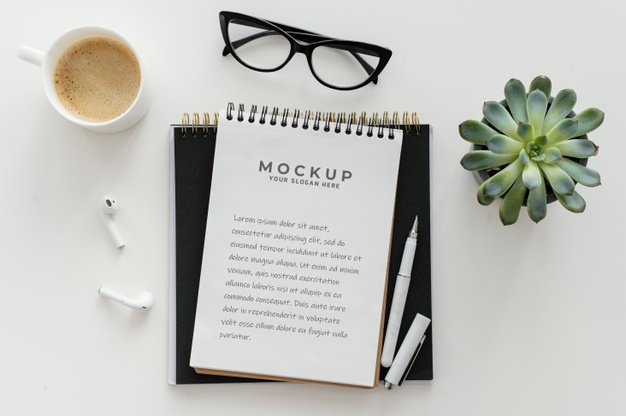Everything You Need to Know About Poetic Devices
Many people are fond of reading poetry that strikes imaginary scenes into the mind of readers. However, some people are not able to make the best poems. Therefore, they prefer to have the most powerful poetic devices.
These are special devices that help to create memorable poems. With the help of these devices, you can create the verbal, rhythmic, structural, grammatical, and visual elements to make beautiful poems. Using these devices enhances the rhythms, intensifies the meaning of poems, and creates rhythms.
Before that, let's have a look at the poetic devices.
What are Poetic Devices?
Poetic devices are just normal tools that poets can use to create memorable poems. These are a kind of literary device which can be extremely useful for the poetries. Today, many users use this tool for making poems.
Todays, poetries have to access strict structures that make sense and create a rhythmic connection. This is why most of the narrators use poetic devices. So, it can be their helping hand in creating the poems.
Type of Poetic Devices Used for Creating Rhythms Poems
Different poetic devices are available to create repetitions, syllable variations, rhyming connections, and many more. The devices are as follows:
Sound
When poetic devices with a sonic character are heard, they can produce distinct effects. For example, words with a melody quality might be calming or dissonant to the reader, eliciting emotions and emotions in the meantime.
Assonance
When vowel sounds are reiterated in phrases, they are generally on the same or nearby lines. These vowel sounds are accentuated or accented to give the poetry the finest possible melodic hooks. In addition, it can help establish an internal rhyme and make reading more enjoyable.
Alliteration
Alliteration is defined as three or four repetitions of the same consonant sound separated by one type of sound. Alliteration is a memorization technique used in poetry to generate sensations of anxiousness.
Assonance
These words repeat vowel sounds and are put next to each other on the same line. These vowels are usually emphasized to give the poetry a melodic aspect. When an internal rhyme is produced, it makes reading more enjoyable.
Cacophony
This is a discordant series of uncomfortable and harsh vibrations used to communicate problems. The combined impacts of pronunciation and complex meanings amplify this effect. Consider the following example: With a snicker, my stick fingers click.
Rhythm
The flow of words within each metric and sentence to establish a harmonic impression is poetic rhythm. This draws attention to specific areas of the poem.
Onomatopoeia
This is applied in poetry to create auditory effects that can be used to imitate pictorial visuals. This is a string of words used to create a phonetic pronunciation effect.
Bottom Line
So, these are different types of poetic devices used to make the best rhythmic poems on your own. Anyone can create the best poems that can take people to a rhythmic world with these poetic devices.
Source Link: https://innersaladbird.tumblr.com/post/672981474138537984/everything-you-need-to-know-about-poetic-devices




Comments
Post a Comment